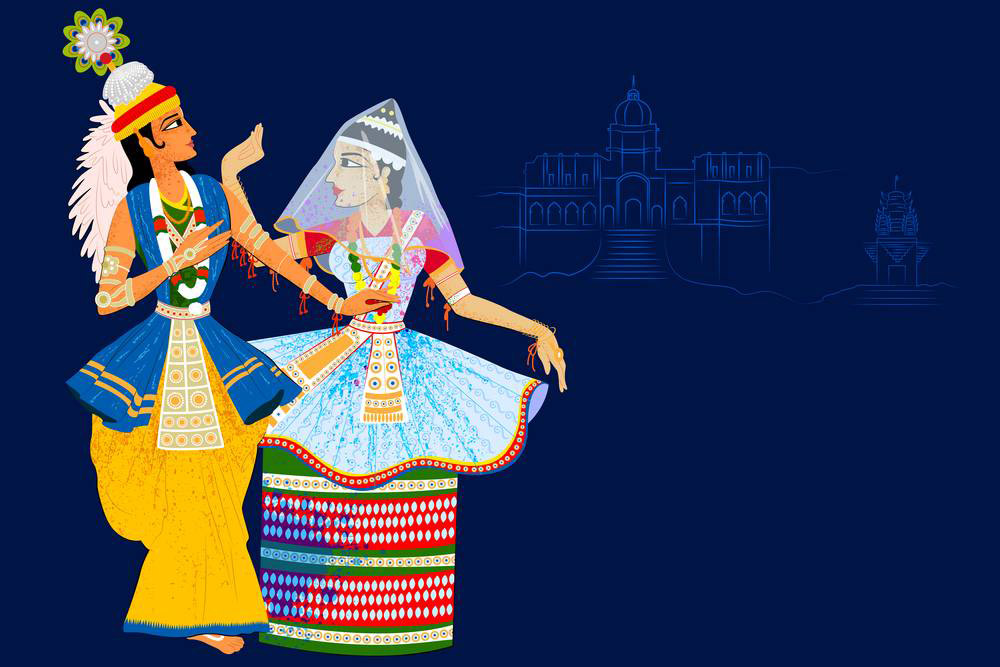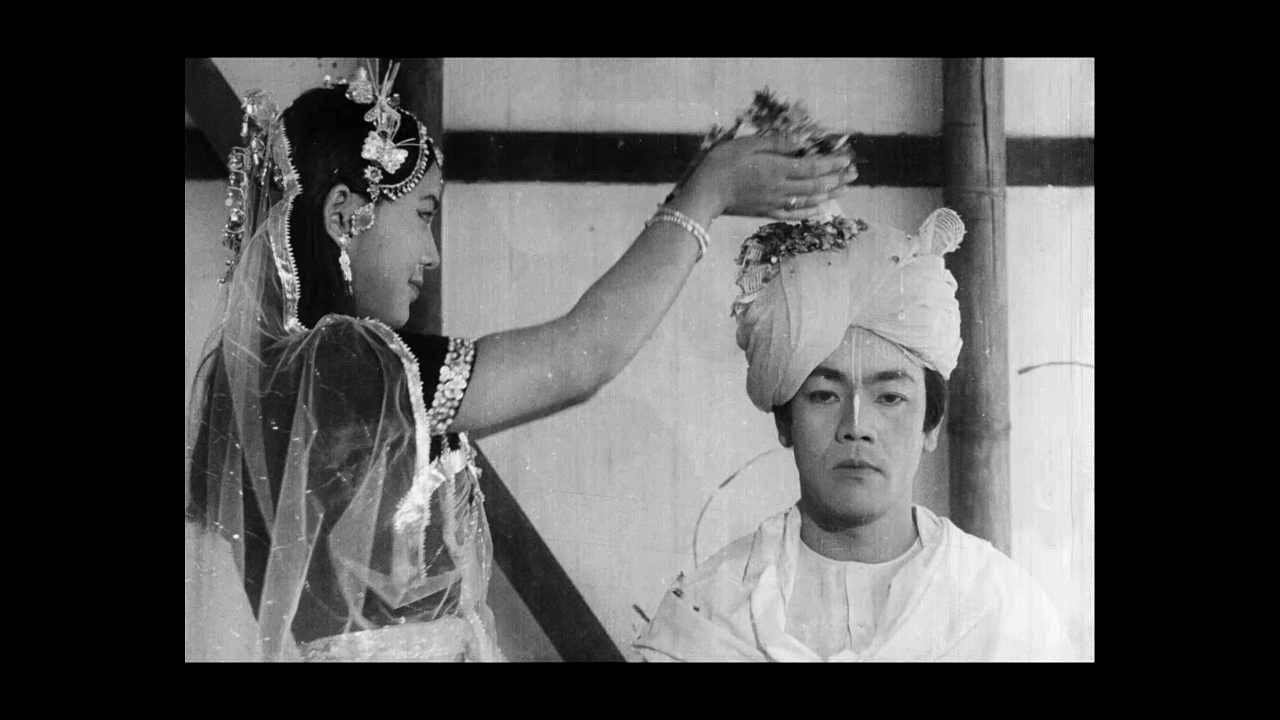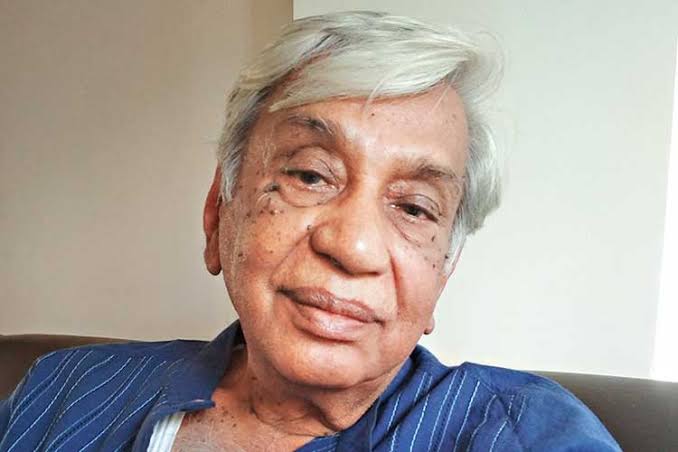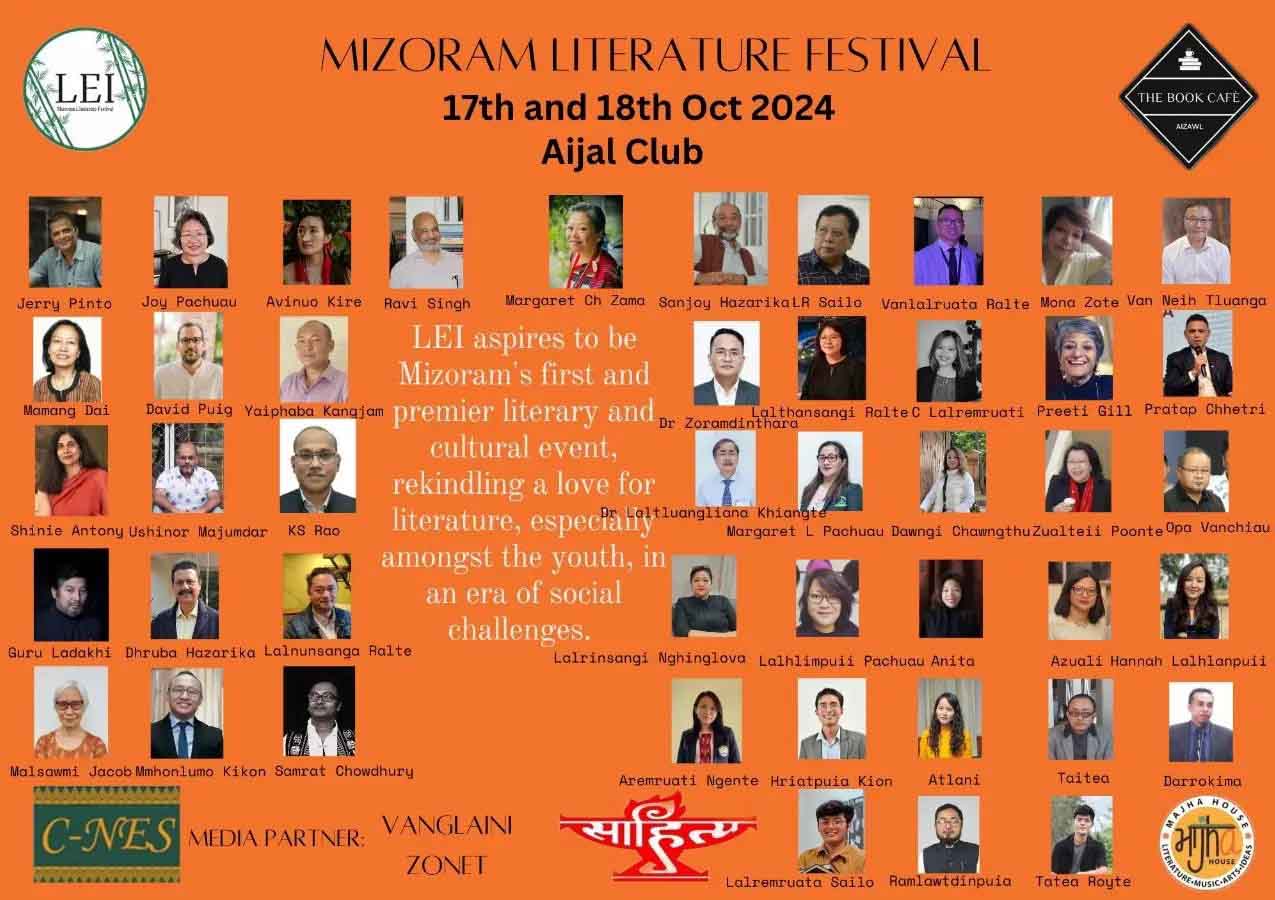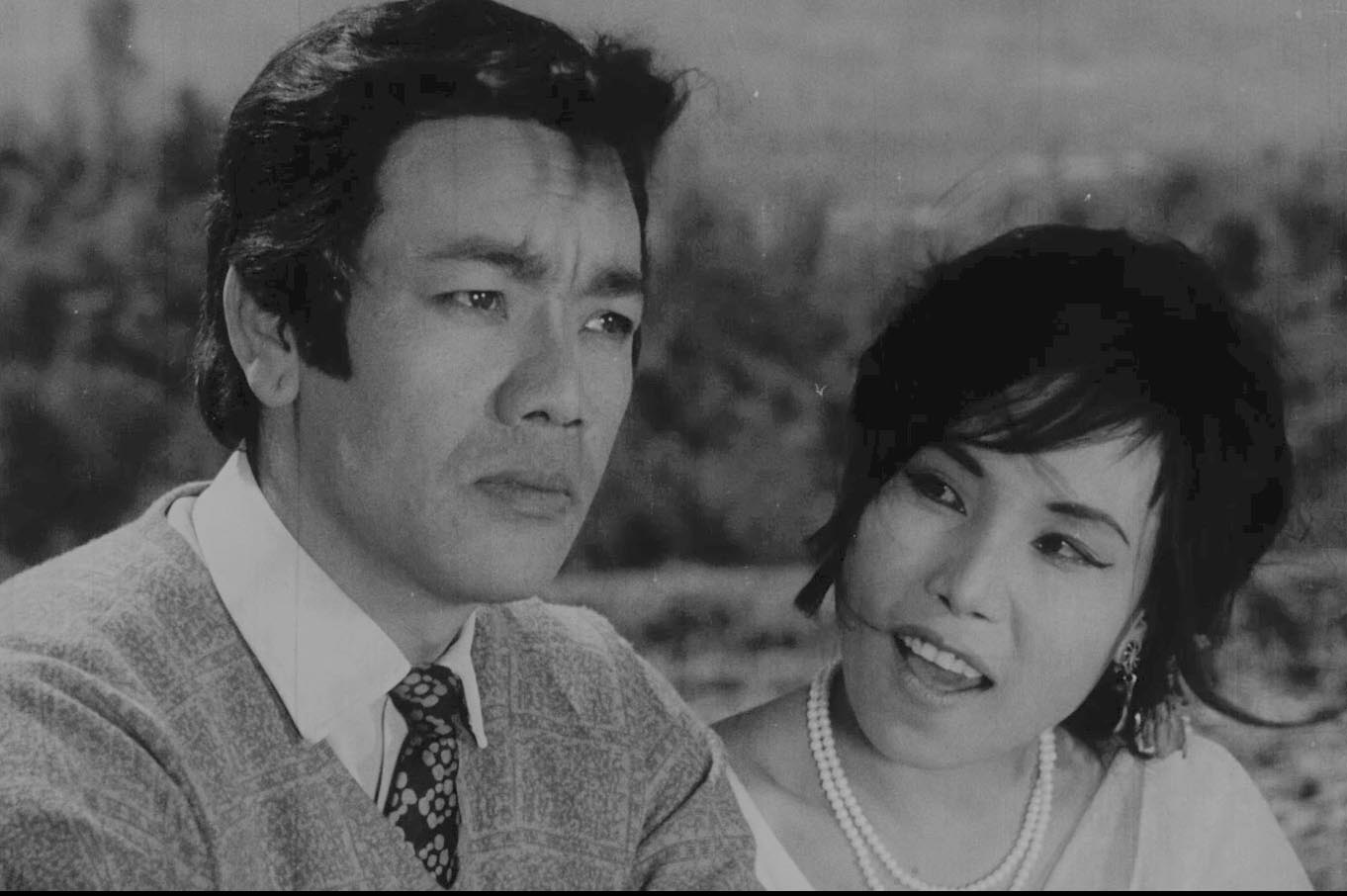The following is the keynote address delivered at the National Dance Seminar organized by Jawaharlal Nehru Manipur Dance Academy, Imphal, December 20-23, 2019 and is now part of the edited volume “Confluence: Essays on Manipur Literature and Culture” by the author, and translated to English by B.S. Rajkumar)
I am very happy to welcome all the distinguished scholars, delegates and invitees to this 4-Day National Seminar on Manipuri Dance and Music. The theme of the Seminar is very vast. The 8 topics which we picked to discuss in this Seminar, namely 1) Nata Sankirtana 2) Raasa Leela 3) Martial Art 4) Lai Haraoba 5) Gostha Leela and Goura Leela 6) Folk Music 7) Solo Dance and Dance Drama and 8) Tribal Dance, each one of them is of a tradition of great dimension. This Seminar, I am afraid would not be able to envisage the entire gamut and spectrum of Manipur Dance and Music. I would rather say many a topic is still left out. However these selected 8 topics, I believe, would definitely provide a general structure, feature and essence of Manipur Dance and Music. The major goal of this seminar is not the glorification of the past; rather it is an attempt to re-examine and re-assess our glorious tradition in the light of the changing cultural scenario of the world, and consequently an endeavour to identify our present realities. In short it is an effort to bridge the past and the present so that the two adjoin together. In other words, it is an exercise-shot to reveal the genuine picture of art and culture that casts into the mirror.
That Manipur has a rich culture is a fact, which all have comprehended and concurred. Manipur was an independent Kingdom at the junction area between the South Asia and Southeast Asia. It is generally agreed that the civilisation of Manipur goes back to several centuries before the Christian era whereas its history dates from the age when Nongda Lairen Pakhangba ascended the throne of Manipur in 33 AD.
The location of the present state of Manipur is in the eastern frontier of India, bounded by Myanmar in the east, by Mizoram and Myanmar in the south, by Cachar of Assarn in the West and by Nagaland in the north. It lies between 23.83 N and 25.68 N latitudes; and between 94.78 E and 98.03 E longitudes. It has an area of 22.327 sq. kms. Geographically, Manipur comprises of two major parts-the mountainous hills and valley. The enchanting valley at its centre is surrounded by ranges of mountains and hills on all sides. The mountainous hills cover a nine-tenth of the total area of the state. Originally, different tribes inhabited the mountainous hills, and the Meiteis/Meeteis in the valley. However, with the passage of time and fast pace of migrations and settlements, the valley’s population is now more multi-cultural, multi-ethnic and multi-religious. The state’s total population by 2010 census report is about 28 lakhs. Meiteilon, which is lhe language of the Meiteis, the majority community, belongs to the Tibeto-Burman family of languages. Racially the Manipuris are Mongoloid people.
If one intends to know the Manipuri dance and music, its art and culture, one should better know the Manipuri socio-cultural life and lifestyle beforehand. The Manipuri ethnic race is one which loves and holds dear art, dance and music. Our ancestors, royal kings and nobles had innately been supporting and nourishing art. Manipuris are valiant fighters and warriors at the same time are lovers of art. They are expert horse-riders too, and lithe performers of martial arts as well. Art and life are inseparable from each other in our society. Dance and music adhere to the social and religious fabric of the people in an undetachable firmness; they blend and mingle together as one. An apprehension is always there if things would go skewed in the wrong direction when one proceeds to study Manipuri culture without comprehending this enigma. Religious rituals, dance and music are prime ingredients in the Manipuri social life. Dance and music have a close relationship with the ritualistic performances, which are carried out in a person’s individual life from birth to death. Manipuri culture is deeply rooted to its soil and tradition. Dance and music are a living tradition in Manipur. The four great traditions are the roots and foundation of Manipuri dance and music, and they are A) Pre-Vaishnavite traditions of 1) Lai Haraoba and 2) Thang-Ta (Martial Art), and B) Vaishnavite Classical traditions of 3) Sankirtana and 4) Raasa Leela with many kinds and offshoots.
The ancient tradition of Lai Haraoba is a very grand and elaborate ritualistic festival, which consists of a series of dances and songs associated with ancestor-worship and Meitei cosmogony. Lai Haraoba is highly esoteric, ritualistic and devotional. Lai haraoba has three schools: Kanglei, Moirang and Chakpa. Although these schools have similar thematic contents, each one of them does have distinctive variations and beauty of its own. They use body part bending (Mudra); along with several kinds of folk songs.
Vaishnavism came to Manipur in the 15th Century. The Bengal school of Vaishnavism, known as Gaudiya Vaishnavisill, came to Manipur in the later part of the 18th century during the reign of Rajarshi Bhagyachandra (1764-1789). King Bhagyachandra adopted Gaudiya Vaishnavism as spread by Chaitanya Mahaprabhu (1486-1534) with some modifications and additions suited to the local sensibility. He made it a state religion. The Saint-king Rajarshi Bhagyachandra was a creative genius and a devout Bhakta of Lord Krishna. With the help of well known gurus, he composed the world famous Nata Sankirtana and Raasa Leela at the installation ceremony of the image of Shri Shri Govinda in 1779. The King also composed many other art forms. The King brought a great cultural renaissance in Manipur. His reign is now regarded as one of the brightest periods in the cultural history of Manipur.
The synthesis and assimilation of Vaishnavism with the old religion and religious practices of Manipur is a landmark prodigy in the cultural history of Manipur. However, the people did not abandon their earlier traditions; thus the King enlarged, enriched and reinterpreted them with the new faith. And thus, he fully ‘indigenised’ Hinduism in Manipur. The king added many components to suit the local sensibilities. So, the Bengal Vaishnavism came to be reborn energized with particular Manipuri aesthetics and sensibilities. It was not something brought from outside the state (not from Bengal), but was something perfected by the great gurus of Manipur in keeping with the religious context in the history of Manipur. The Manipuri Vaishnava dance and music is endowed with an ethno-culturally performative form, which is an indigenous synthesis of the state’s old tradition of pre-Hindu religious practices such as Laj Haraoba, Thang-Ta, Folk Music etc. This is a seamless fusion and synthesis, made effectual between the Meitei folk aesthetics and Goudiya aesthetics. Thus, some scholars of Manipur are of the opinion that the process of conversion of Manipuri people into Hinduism in the 18th century was more of Manipurisation of Hinduism, not Hindunisation of Manipur. The two streams of old religious practices and the newly arrived Vaishnavism consist till today without diluting each other.
The Nata Sankirtana is an inseparable part of the Roasa Leela. Manipuri Nata Sanskirtana has its foundation in classical ragas and rageenees, folk styIe in the mode of presentation (singing). It has six Raga Purushas (Malab, Mallar, Shri, Basanta, Hindol and Karnataka) and 36 Rageenees. Raga Dasas and Dasis (each Raga Purusha has 6 important servants and each servant has a dasee); about 40 Uparagas and more than 200 talas are used. It has 64 rasas (32 Sambhogs and 32 (Bipralambhas).
The Nata Sankirtana has a well defined and codified structure for performance. They are: 1) Raga Houba, 3) Raga Taba, 3) Mel, 4) Tanchap, 5) Menkup, 6) Swadhin, and 7) Bijoy. The Pung (Meitei Mridanga) initiates the beginning of Raga, and lshei Raga (song raga) follows it. The main rasa of the Natasankirtana is Bhakti rasa, specially Madhur Premarasa. Manipuiri. Nata sankirtana (and also Raasa Leela) is not erotic at all in the context; it is not for entertainment; it represents a highly spiritual realisation with great devotion and humanity. It is a maha jnana, an offering to God. To the Manipuri Vaishnava, Bhakti (Madhura Prem-Rasa) is superior to mukti, because Bhaktirasa is Shri Krishna himself, as the Rasaraja. A Manipuri Vaishnava worships Radha-Krishna in the form of Jugal Murti.



